Home>Home Appliances>Heating & Cooling>How To Use Central Heating
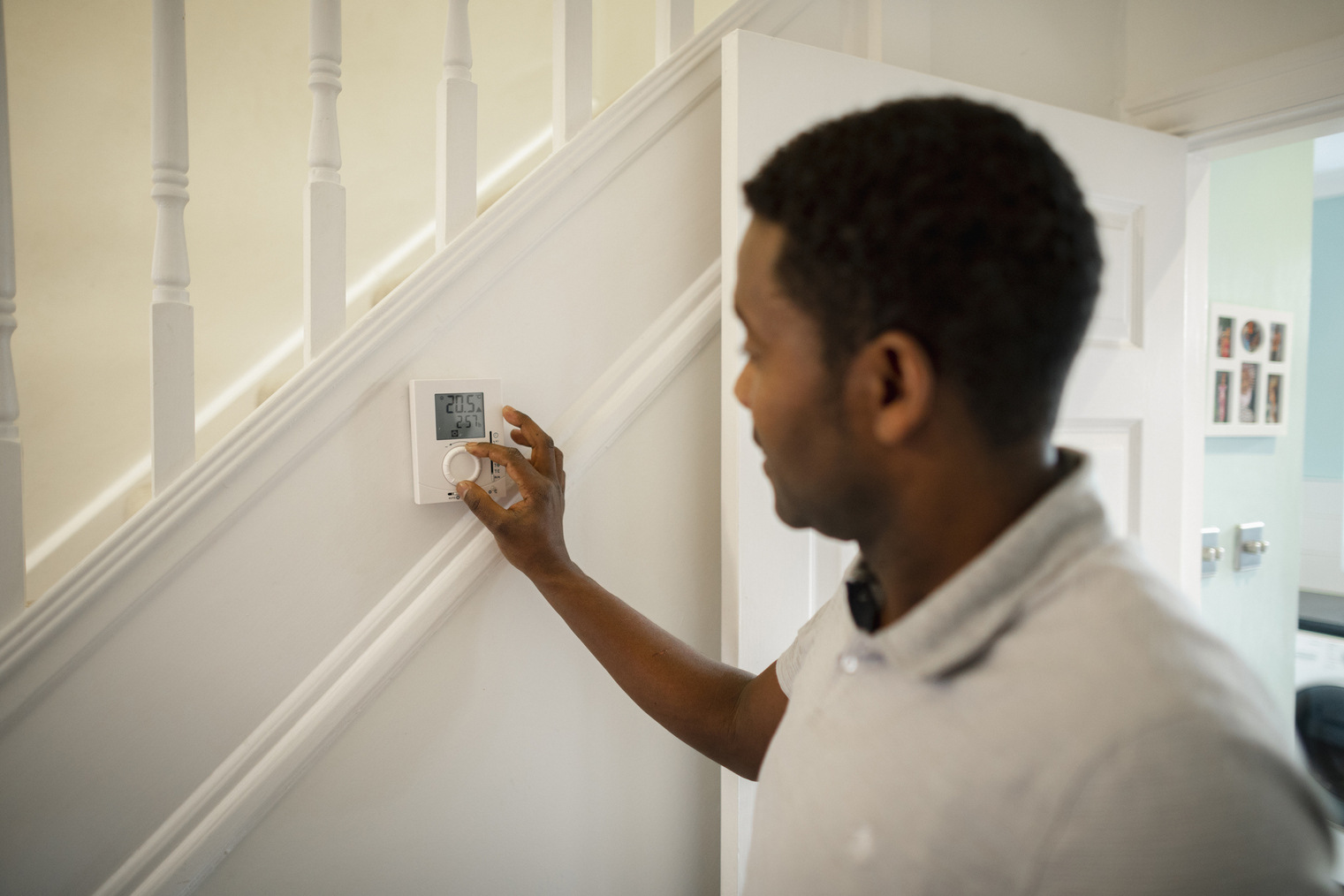

Heating & Cooling
How To Use Central Heating
Modified: February 18, 2024
Learn how to effectively use central heating and cooling systems to maintain a comfortable indoor environment. Discover expert tips and techniques for optimizing heating and cooling efficiency.
(Many of the links in this article redirect to a specific reviewed product. Your purchase of these products through affiliate links helps to generate commission for Storables.com, at no extra cost. Learn more)
Introduction
Central heating is a vital component of modern comfort, providing warmth and coziness during chilly days and nights. Whether it's the crisp air of autumn or the frosty embrace of winter, a well-functioning central heating system ensures that your home remains a sanctuary of warmth. Understanding how to use and maintain your central heating system is essential for optimizing its performance and ensuring a comfortable living environment for you and your family.
In this comprehensive guide, we will delve into the intricacies of central heating, from understanding the system's components to effectively operating and maintaining it. By the end of this article, you will have the knowledge and confidence to make the most of your central heating system, keeping your home comfortably warm throughout the colder months.
Let's embark on this journey to unravel the secrets of central heating, empowering you to harness its full potential and enjoy a snug and inviting home environment.
Key Takeaways:
- Mastering central heating involves turning on the boiler, adjusting the thermostat, and maintaining radiators for a cozy home environment during chilly days.
- Understanding common central heating issues and their troubleshooting empowers homeowners to address problems promptly, ensuring a comfortable indoor atmosphere.
Read more: How To Use A Central Heating Thermostat
Understanding the Central Heating System
A central heating system is a network of interconnected components designed to distribute heat throughout a building, providing warmth and comfort to its occupants. At the heart of this system is the boiler, which serves as the primary source of heat. The boiler heats water, which is then circulated through pipes to various parts of the building. Understanding the key elements of a central heating system is crucial for effectively utilizing and maintaining it.
Components of a Central Heating System
-
Boiler: The boiler is the central heating system's powerhouse, responsible for heating water to the desired temperature. There are various types of boilers, including combi boilers, system boilers, and conventional boilers, each with its unique features and advantages.
-
Pipes and Radiators: Once the water is heated, it is distributed throughout the building via a network of pipes. Radiators, typically located in individual rooms, release the heat from the hot water into the surrounding space, warming the air and creating a comfortable indoor environment.
-
Thermostat: The thermostat acts as the control center of the central heating system, allowing users to set the desired temperature and regulate the heating process. Modern thermostats often feature programmable settings, enabling users to create heating schedules tailored to their daily routines.
-
Expansion Tank: In a closed central heating system, an expansion tank is utilized to accommodate the expansion of water as it heats up, ensuring that the system operates at optimal pressure levels.
Heating Fuel
Central heating systems can be powered by various fuels, including natural gas, oil, electricity, and renewable energy sources such as solar or geothermal energy. The choice of heating fuel can impact the system's efficiency, cost-effectiveness, and environmental footprint, making it an important consideration for homeowners.
System Design and Zoning
The design of a central heating system, including the layout of pipes and radiators, plays a significant role in its overall performance. Additionally, zoning the system allows for independent temperature control in different areas of the building, optimizing comfort and energy efficiency.
By gaining a comprehensive understanding of the central heating system and its components, homeowners can make informed decisions regarding its operation, maintenance, and potential upgrades. This knowledge empowers individuals to maximize the comfort and efficiency of their central heating system, ensuring a warm and inviting living space, even during the coldest of days.
Read more: What Is Central Heating
Turning On the Central Heating
When the chill of winter sets in or a cool evening calls for a touch of warmth, turning on the central heating system becomes a comforting ritual. Whether you're returning home after a long day or waking up to a brisk morning, activating the central heating system is a simple yet essential task that sets the stage for a cozy and inviting atmosphere.
To initiate the heating process, start by locating the central heating controls, which are typically situated near the boiler or in a designated control panel within the home. Once you've located the controls, follow these steps to turn on the central heating system:
-
Boiler Activation: Begin by switching on the boiler using the designated power switch or control panel. This action sets the boiler in motion, initiating the heating process and preparing it to generate warmth.
-
Thermostat Adjustment: Next, adjust the thermostat to the desired temperature. Modern thermostats often feature user-friendly interfaces, allowing you to set the precise temperature at which you want the central heating system to maintain the indoor environment.
-
Heating Schedule: If your central heating system is equipped with programmable settings, consider configuring a heating schedule that aligns with your daily routine. This feature enables you to automate the heating process, ensuring that your home is comfortably warm when you need it to be, while conserving energy during periods of lower demand.
-
Radiator Activation: Once the boiler and thermostat are set, ensure that the individual radiators in each room are open and free of obstructions. This step allows the heated water to flow through the radiators, releasing warmth into the surrounding spaces and creating a uniform and cozy atmosphere throughout the home.
By following these straightforward steps, you can effectively turn on your central heating system, ushering in a wave of comforting warmth that transforms your living space into a haven of relaxation and contentment. With the central heating system in operation, you and your loved ones can revel in the soothing embrace of warmth, regardless of the weather outside.
As you become adept at activating the central heating system, you'll find that this routine task holds the power to infuse your home with a sense of comfort and well-being, making it a cherished aspect of everyday life during the colder seasons.
Setting the Thermostat
Setting the thermostat is a pivotal step in optimizing the performance of your central heating system. The thermostat serves as the command center, allowing you to establish the desired indoor temperature and regulate the heating process with precision. By understanding how to effectively set and utilize the thermostat, you can create a comfortable and energy-efficient living environment tailored to your preferences.
Modern thermostats offer a range of features designed to enhance user experience and energy management. When setting the thermostat, consider the following key aspects:
Temperature Adjustment
Begin by adjusting the thermostat to the temperature at which you want your home to be heated. Whether you prefer a toasty ambiance during the day or a slightly cooler setting for a restful night's sleep, the thermostat empowers you to customize the indoor climate to suit your lifestyle and comfort needs.
Programmable Settings
Many contemporary thermostats are equipped with programmable settings, enabling you to create heating schedules that align with your daily routine. By programming the thermostat to lower the temperature when you're away from home or asleep, you can conserve energy without sacrificing comfort. This feature allows for seamless temperature adjustments throughout the day, ensuring that your home remains warm when needed and conserves energy during periods of reduced activity.
Read more: How To Install Central Heating
Zoning Capabilities
If your central heating system incorporates zoning capabilities, the thermostat may provide options for controlling the temperature in different areas of your home independently. This zoning feature allows for personalized comfort, enabling you to adjust the temperature based on specific room usage and occupancy, further optimizing energy efficiency and comfort.
Smart Thermostat Integration
For those seeking advanced control and energy management, smart thermostats offer innovative features such as remote access, learning capabilities, and integration with smart home systems. Smart thermostats can adapt to your preferences and behavior, learning your heating patterns and making automatic adjustments to enhance comfort and energy savings.
By mastering the art of setting the thermostat, you can harness the full potential of your central heating system, creating a warm and inviting home environment while optimizing energy usage. The thermostat serves as a gateway to personalized comfort and efficient heating, allowing you to tailor the indoor climate to your liking and enjoy a cozy ambiance throughout the colder months.
Adjusting the Radiators
Adjusting the radiators is a crucial aspect of optimizing the performance and comfort of your central heating system. Radiators play a pivotal role in distributing warmth throughout your home, and understanding how to adjust them effectively can significantly impact the overall heating experience. By fine-tuning the radiators, you can ensure that each room receives the ideal amount of heat, creating a cozy and inviting atmosphere tailored to your preferences.
When it comes to adjusting the radiators, several key considerations come into play:
Balancing Heat Distribution
Balancing the heat distribution across the radiators is essential for maintaining a consistent and comfortable temperature throughout your home. In a multi-story or multi-room setting, it's common for certain areas to receive more heat than others. By adjusting the individual radiator valves, you can regulate the flow of hot water, balancing the heat output and ensuring that each room reaches the desired temperature.
Read more: How To Turn On Central Heating
Thermostatic Radiator Valves (TRVs)
Many modern radiators are equipped with thermostatic radiator valves (TRVs), which allow for individual temperature control in different rooms. TRVs enable you to set specific temperature levels for each radiator, providing personalized comfort and energy efficiency. By adjusting the TRVs based on room usage and occupancy, you can fine-tune the heating in various areas of your home, optimizing comfort while minimizing energy consumption.
Bleeding Radiators
Over time, air can accumulate within the radiators, leading to reduced heating efficiency and potential cold spots. Bleeding the radiators, a process that involves releasing trapped air, is essential for maintaining optimal performance. By using a radiator key to open the bleed valve, you can release any trapped air, allowing hot water to flow freely and ensuring that the radiator operates at maximum efficiency.
Radiator Placement and Obstructions
The placement of furniture or other obstructions near the radiators can impact their ability to distribute heat effectively. Ensure that the radiators are unobstructed and have sufficient space around them to allow for proper heat circulation. By optimizing the placement of furniture and ensuring unobstructed airflow, you can maximize the radiators' heating capacity and create a more comfortable indoor environment.
By paying attention to these key factors and adjusting the radiators accordingly, you can fine-tune the heating in your home, creating a warm and inviting atmosphere that aligns with your comfort preferences. Effectively managing the radiators not only enhances the overall heating experience but also contributes to energy efficiency, ensuring that your central heating system operates optimally while providing a cozy and comfortable living space.
Maintaining the Central Heating System
Maintaining your central heating system is essential for ensuring its longevity, efficiency, and reliability. By implementing regular maintenance practices, you can optimize the performance of the system, minimize the risk of malfunctions, and prolong its operational lifespan. Here are key maintenance tasks to keep your central heating system in top condition:
Annual Servicing
Scheduling an annual service for your central heating system is a fundamental maintenance practice. A qualified heating engineer should inspect the boiler, radiators, pipes, and other components to identify any potential issues, clean internal parts, and ensure that the system operates at peak efficiency. Regular servicing not only enhances performance but also provides peace of mind, knowing that your central heating system is in optimal working condition.
Boiler Maintenance
The boiler is the heart of the central heating system, and proper maintenance is crucial for its longevity and efficiency. Regularly checking for leaks, ensuring proper ventilation, and monitoring the boiler's pressure and temperature levels are essential tasks. Additionally, addressing any unusual noises or fluctuations in heating performance promptly can prevent minor issues from escalating into major problems.
Radiator Care
Maintaining the radiators is vital for consistent heat distribution and energy efficiency. Bleeding the radiators to release trapped air, checking for cold spots, and ensuring that the valves and thermostats function correctly are important maintenance steps. Additionally, inspecting the radiators for signs of corrosion or leaks can help prevent potential issues and prolong their lifespan.
Pipe Insulation
Insulating the pipes connected to the central heating system can prevent heat loss and improve energy efficiency. By ensuring that the pipes are adequately insulated, especially in unheated areas such as attics or basements, you can minimize heat dispersion and reduce the workload on the boiler, leading to energy savings and enhanced system performance.
Read more: Why Is Central Heating Not Working
Water Quality Management
Monitoring the water quality within the central heating system is crucial for preventing corrosion and maintaining optimal performance. Installing a magnetic filter can help capture debris and sludge, preventing them from circulating within the system and causing damage. Additionally, using inhibitor chemicals can protect the internal components from corrosion, ensuring the longevity of the system.
By incorporating these maintenance practices into your central heating system care routine, you can uphold its efficiency, reliability, and longevity. Regular maintenance not only enhances the system's performance but also contributes to energy savings and a comfortable living environment. Prioritizing the maintenance of your central heating system is a proactive approach to safeguarding its functionality and ensuring that it continues to provide warmth and comfort for years to come.
Troubleshooting Common Issues
Even a well-maintained central heating system can encounter occasional issues that disrupt its smooth operation. Understanding common problems and their potential solutions empowers homeowners to address issues promptly, restoring the system's functionality and maintaining a comfortable indoor environment. Here are some common central heating issues and troubleshooting tips to mitigate them:
1. No Heat or Hot Water
- Potential Causes: This issue can stem from various factors, including a malfunctioning thermostat, low water pressure, airlocks in the system, or a faulty diaphragm valve.
- Troubleshooting Tips: Check the thermostat settings, ensure that the boiler pressure is within the recommended range, and bleed the radiators to release any trapped air. If the issue persists, consult a qualified heating engineer to diagnose and resolve the underlying cause.
2. Uneven Heating
- Potential Causes: Uneven heating across different rooms can result from air or sludge buildup in the radiators, imbalanced heat distribution, or issues with the thermostatic radiator valves (TRVs).
- Troubleshooting Tips: Bleed the radiators to release trapped air, balance the heat distribution by adjusting individual radiator valves, and ensure that the TRVs are functioning correctly. Additionally, consider zoning adjustments to optimize temperature control in specific areas of the home.
Read more: What Is Central Heating In An Apartment
3. Strange Noises from the Boiler
- Potential Causes: Unusual noises such as banging, whistling, or gurgling from the boiler may indicate issues with water pressure, air in the system, or limescale buildup.
- Troubleshooting Tips: Check the boiler pressure and bleed the radiators to release air. If limescale buildup is suspected, consider descaling the boiler or consulting a heating engineer for professional maintenance.
4. Pilot Light or Ignition Problems
- Potential Causes: A malfunctioning pilot light or ignition system can lead to the boiler failing to ignite, resulting in a lack of heating and hot water.
- Troubleshooting Tips: Follow the manufacturer's instructions to relight the pilot light, ensuring that the gas supply is functioning correctly. If the issue persists, seek assistance from a qualified heating engineer to diagnose and address the ignition system problem.
5. Boiler Cycling On and Off Frequently
- Potential Causes: Short cycling, where the boiler turns on and off rapidly, can be caused by issues such as a faulty thermostat, low water pressure, or a malfunctioning pump.
- Troubleshooting Tips: Verify that the thermostat is functioning properly, check the boiler pressure, and inspect the pump for any signs of malfunction. If the problem persists, professional assessment and repairs may be necessary.
By familiarizing themselves with these common issues and the corresponding troubleshooting strategies, homeowners can take proactive measures to address central heating system problems effectively. However, for complex or persistent issues, seeking professional assistance from a qualified heating engineer is advisable to ensure comprehensive diagnosis and resolution.
Conclusion
In conclusion, mastering the art of using and maintaining a central heating system is essential for creating a warm and inviting home environment, especially during the colder months. By understanding the system's components, turning it on effectively, setting the thermostat, adjusting the radiators, and implementing regular maintenance practices, homeowners can optimize the performance of their central heating system while ensuring energy efficiency and comfort.
The central heating system, with its boiler, pipes, radiators, and thermostat, forms the backbone of indoor comfort, providing consistent warmth and a cozy ambiance. By familiarizing oneself with the system's components and functionalities, individuals can make informed decisions regarding its operation and maintenance, ensuring that it operates at peak efficiency.
Turning on the central heating system involves a simple yet essential process, from activating the boiler to adjusting the thermostat and ensuring that the radiators are ready to distribute warmth effectively. This routine task holds the power to infuse homes with a sense of comfort and well-being, making it a cherished aspect of everyday life during the colder seasons.
Setting the thermostat is a pivotal step in customizing the indoor climate to suit individual preferences. With modern thermostats offering programmable settings and zoning capabilities, homeowners can tailor the heating process to align with their daily routines, optimizing comfort and energy efficiency.
Adjusting the radiators plays a crucial role in fine-tuning the heating in different areas of the home, ensuring consistent heat distribution and personalized comfort. By balancing heat distribution, utilizing thermostatic radiator valves, and addressing potential obstructions, individuals can create a warm and inviting atmosphere that aligns with their comfort preferences.
Regular maintenance of the central heating system is fundamental for its longevity, efficiency, and reliability. From annual servicing and boiler maintenance to radiator care and water quality management, implementing these maintenance practices is a proactive approach to safeguarding the system's functionality and ensuring a comfortable living environment.
Understanding common central heating issues and their troubleshooting strategies empowers homeowners to address potential problems promptly, restoring the system's functionality and maintaining a cozy indoor environment. By familiarizing themselves with these common issues, individuals can take proactive measures to address central heating system problems effectively.
In essence, the central heating system, when utilized and maintained effectively, serves as a reliable source of warmth and comfort, transforming houses into welcoming havens during the colder seasons. By incorporating the knowledge and practices outlined in this guide, homeowners can optimize their central heating systems, ensuring a cozy and inviting living space for themselves and their families.
Frequently Asked Questions about How To Use Central Heating
Was this page helpful?
At Storables.com, we guarantee accurate and reliable information. Our content, validated by Expert Board Contributors, is crafted following stringent Editorial Policies. We're committed to providing you with well-researched, expert-backed insights for all your informational needs.
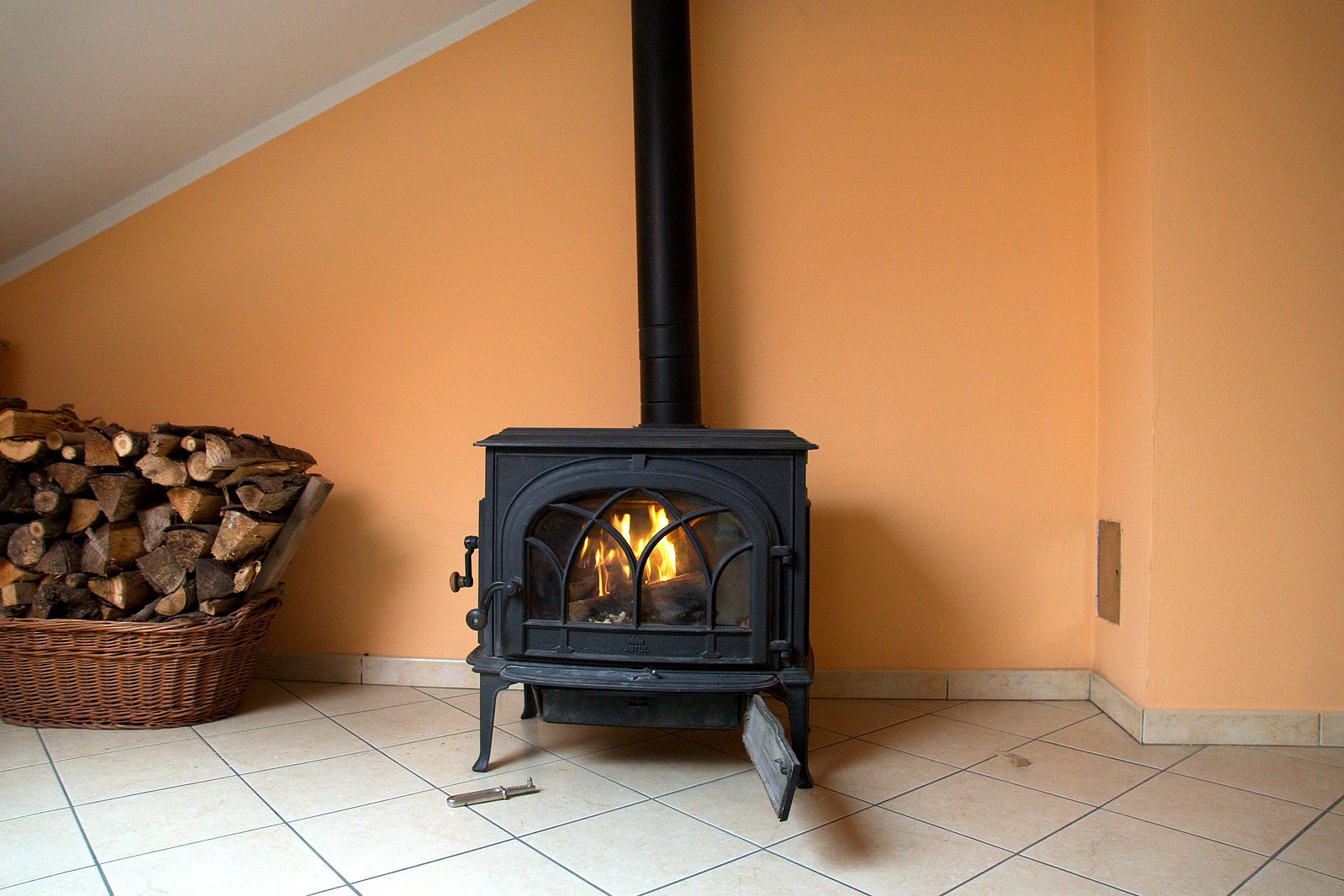
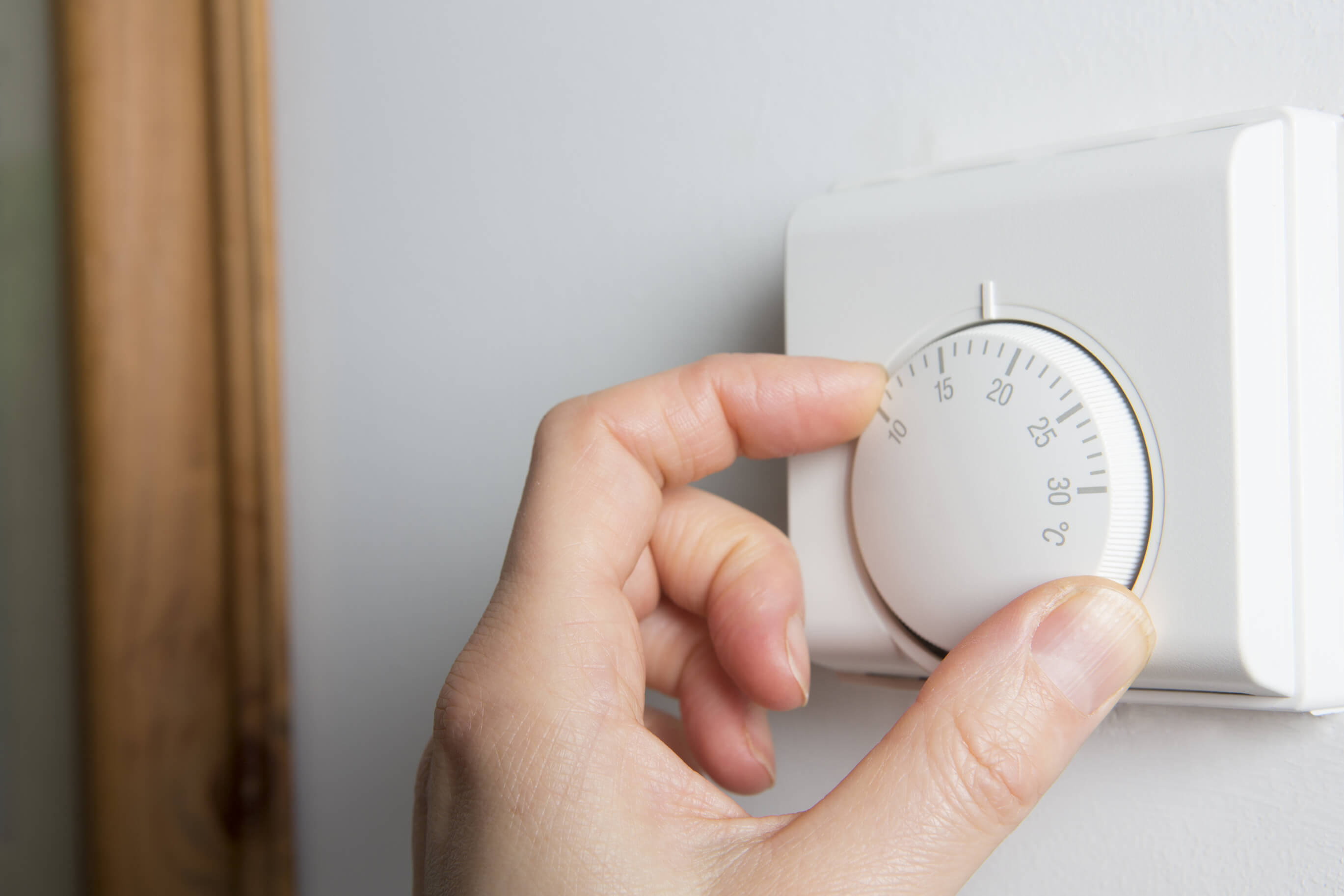
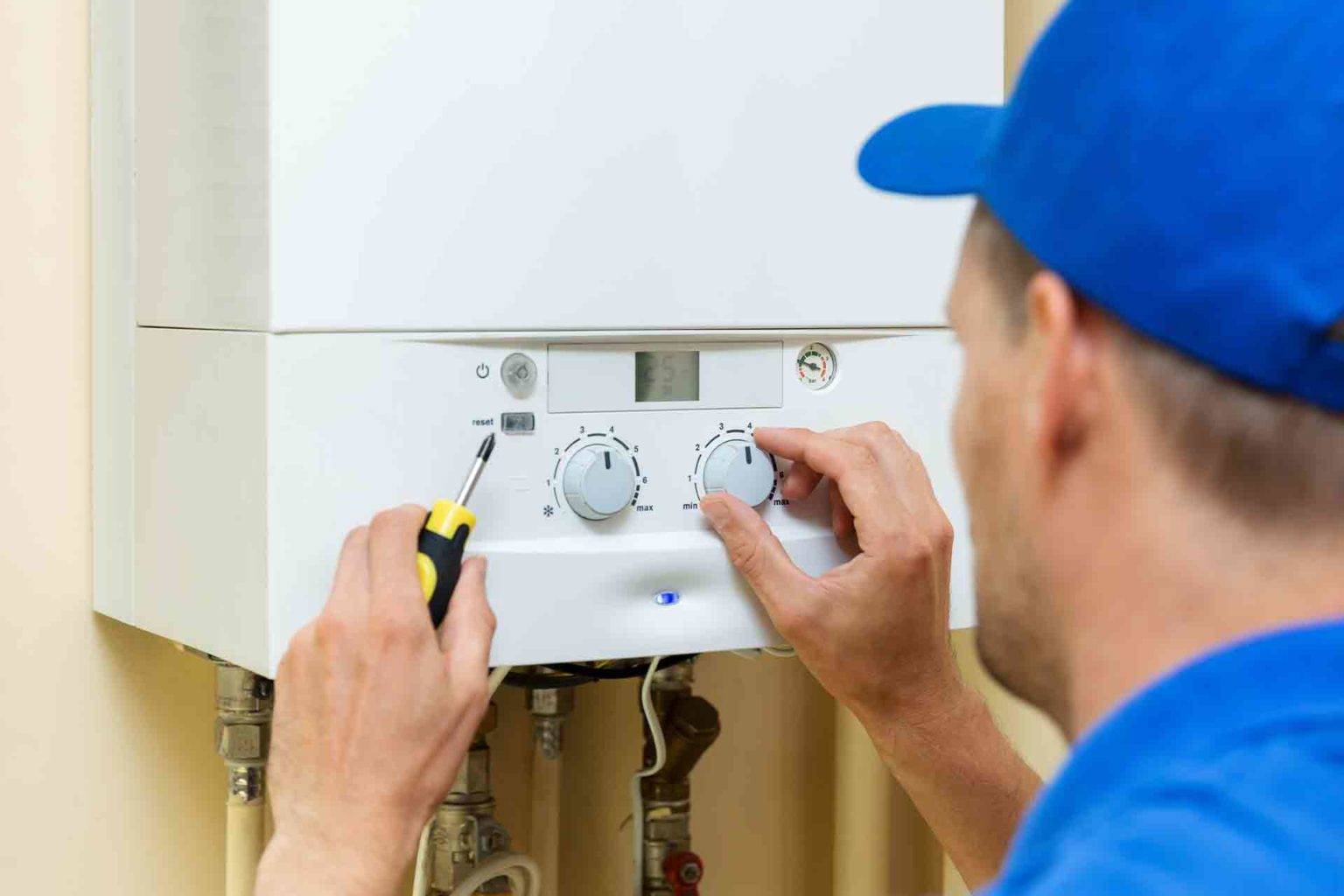

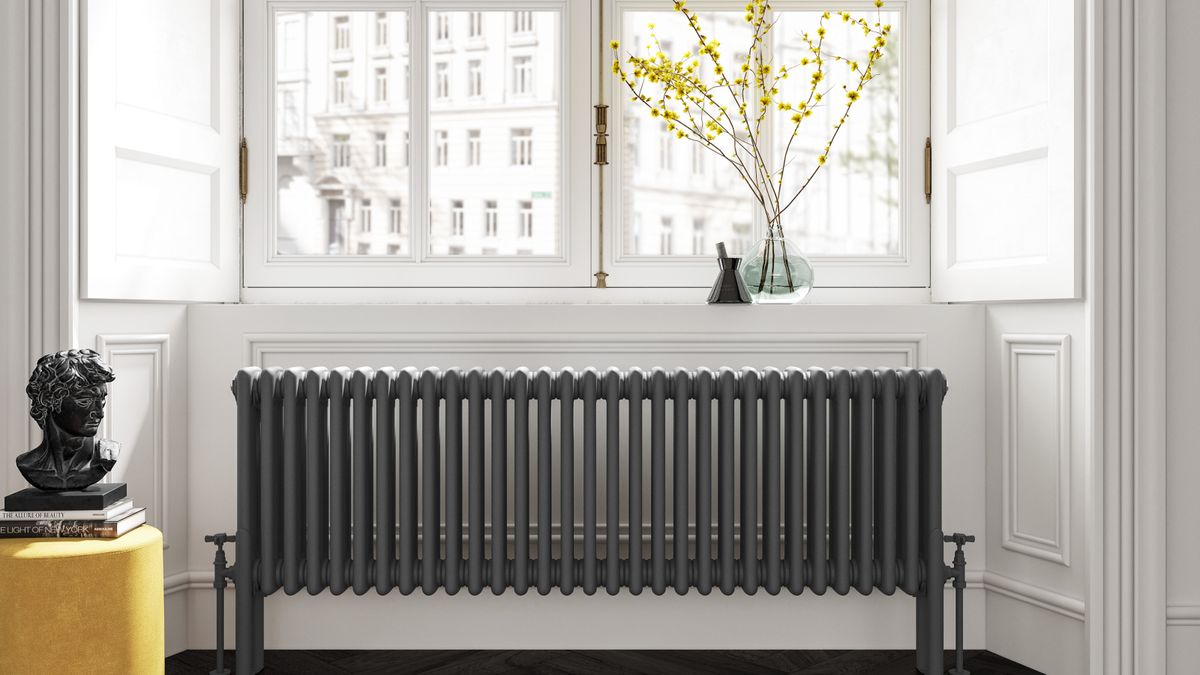
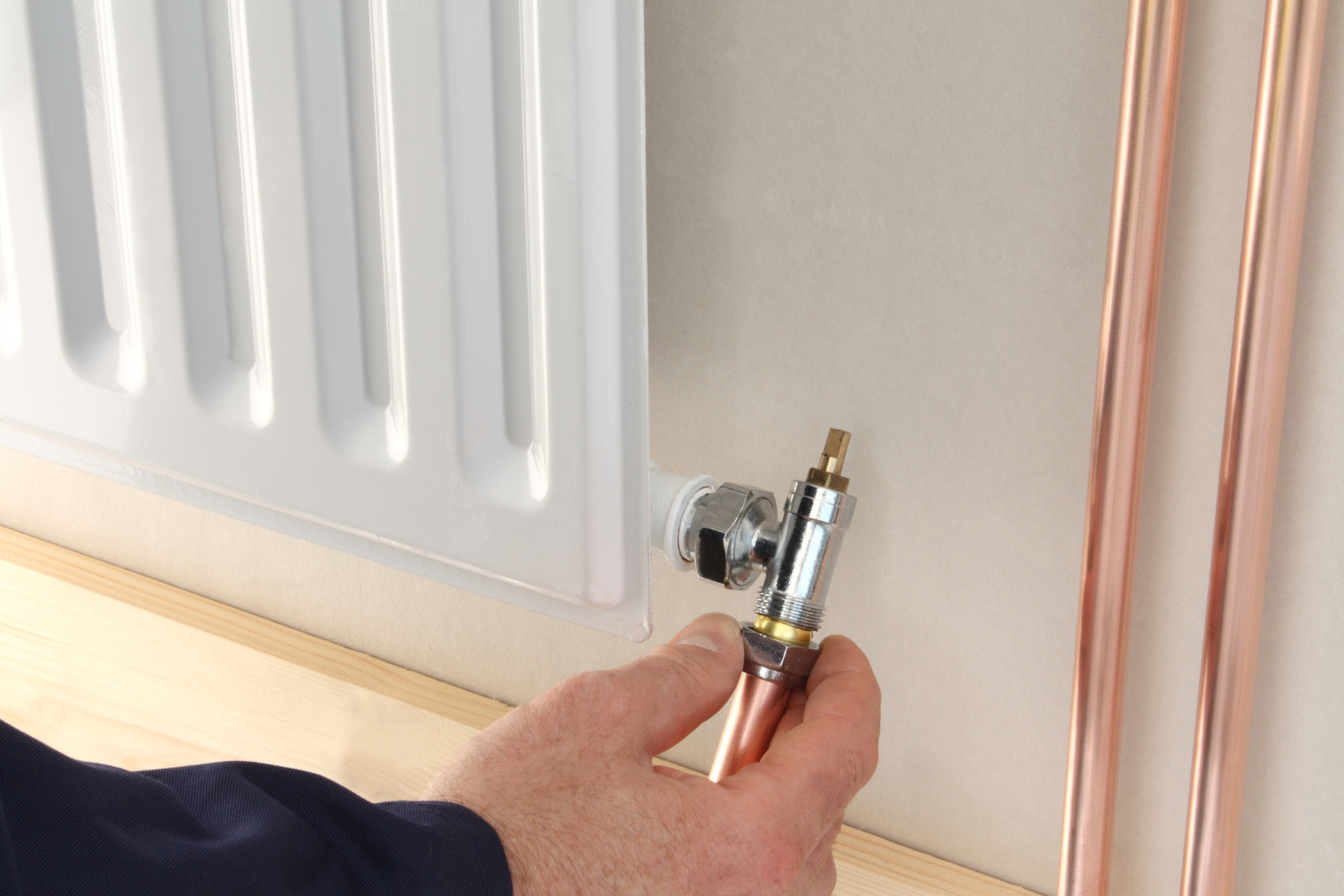
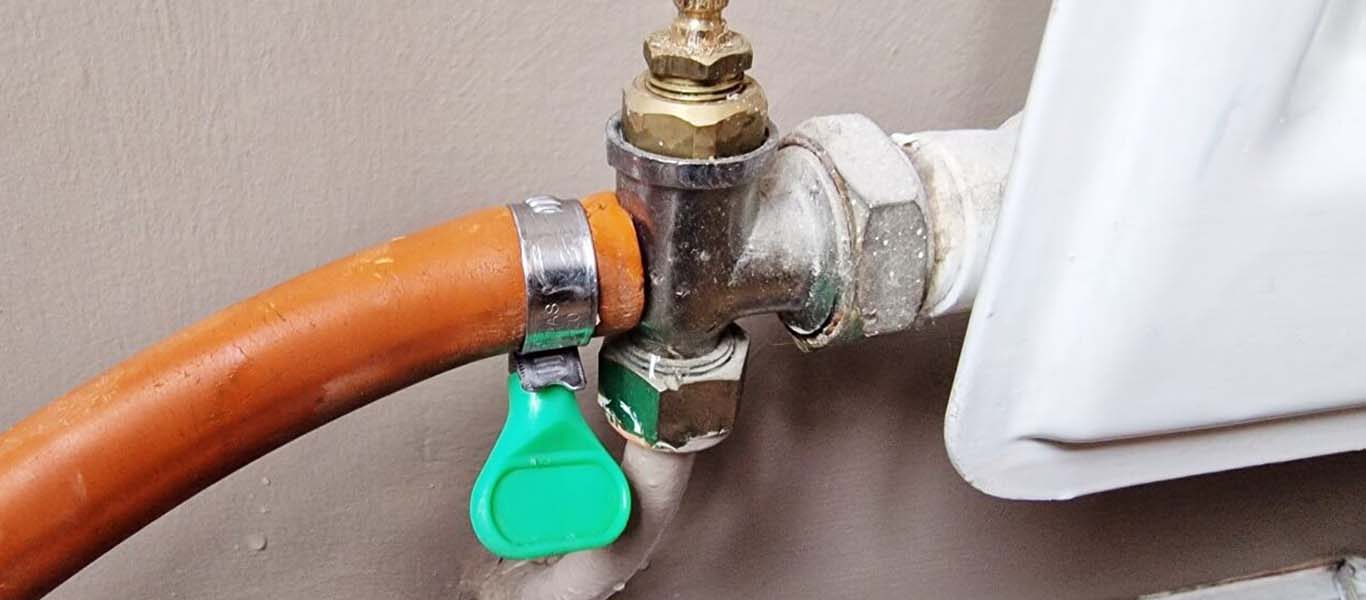
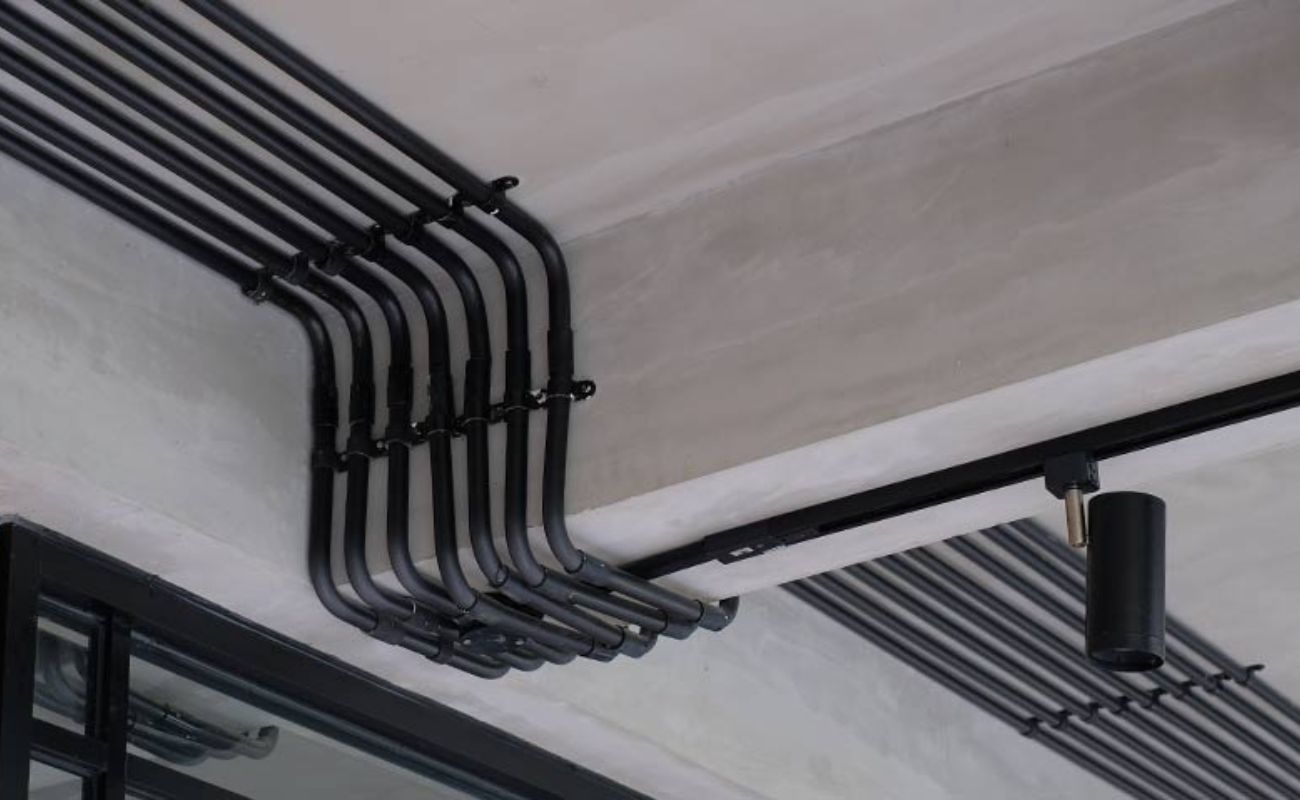
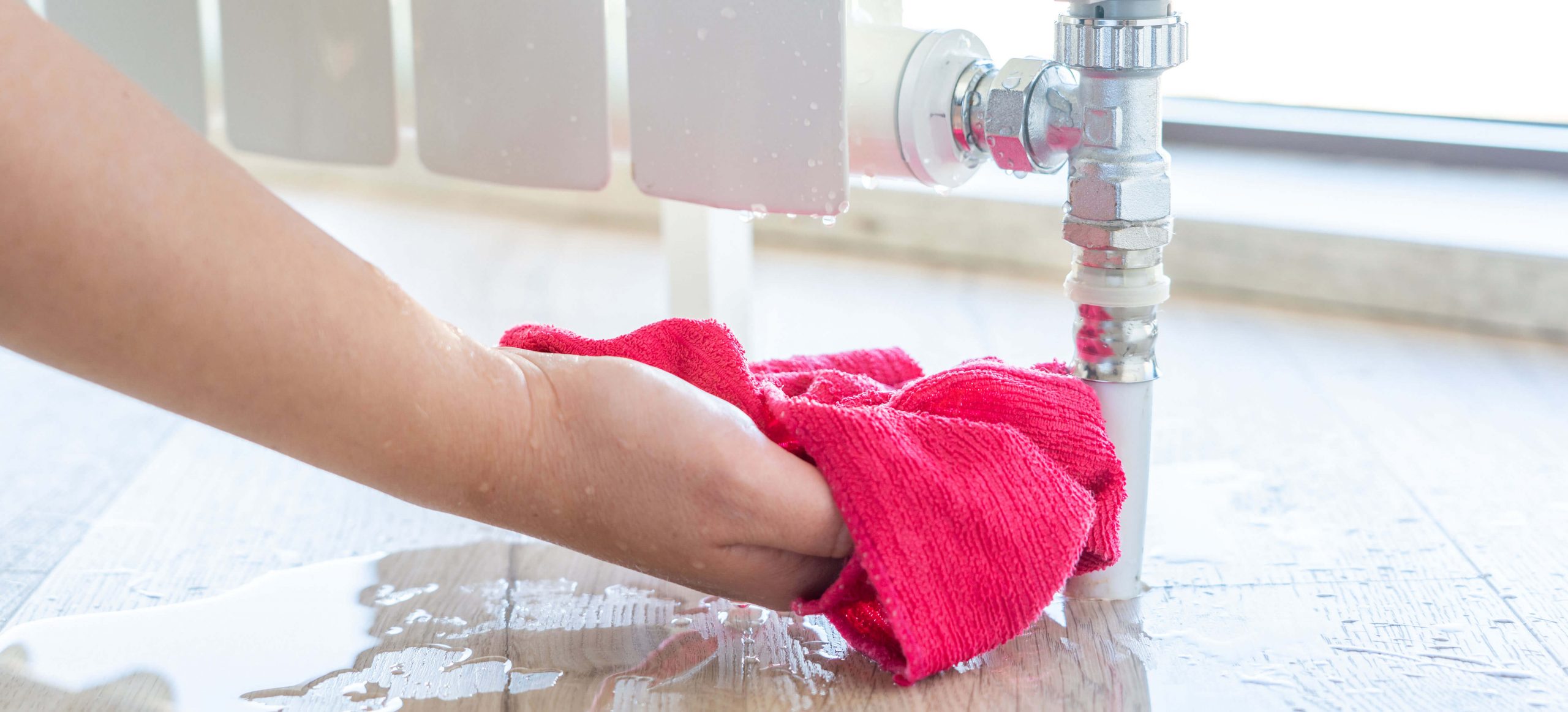

0 thoughts on “How To Use Central Heating”